
Trust but Verify: A Lesson in Technology Limitations and Error Propagation
Blog, The Plant Cell, The Plant Cell: In BriefBy C. Robin Buell
Unlike molecular biology techniques that are routinely used in individual investigator labs, the high cost of infrastructure historically has resulted in genome sequencing being performed at genome centers in which quality control and quality assessments are a mainstay, and it is…
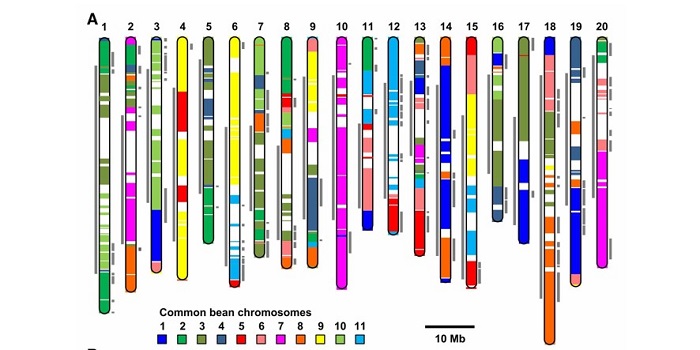
The subgenomes of polyploid plants evolve at different rates (Plant Cell)
Plant Science Research WeeklyPolyploidy can result either through genome doubling followed by intraspecific crosses, or when two genomes from independent species hybridize, leading to autopolyploidy, or allopolyploidy, respectively. Polyploidy is an important evolutionary tool; the resultant redundancy from the duplication of genes…

High contiguity Arabidopsis thaliana genome assembly with a single nanopore flow cell (Nature Comms)
Plant Science Research WeeklyEvery now and then a technology arrives on the scene that suddenly makes everything easier. When I was a student, PCR was developed. More recently, CRISPR/Cas9 applications were developed, and now the hot tool is nanopore flow cell sequencing. The crucial advancement in this method is that rather than…

Genomewide association study of ionomic traits on diverse soybean populations from germplasm collections
Plant Science Research WeeklyGermplasm collections are invaluable resources for plant science and the elemental content of the seeds is a strong indication of the plant’s response to its specific environment. In this study, Ziegler et al. have selected 1,653 soybean accessions from the USDA Soybean Germplasm Collection and seeds…
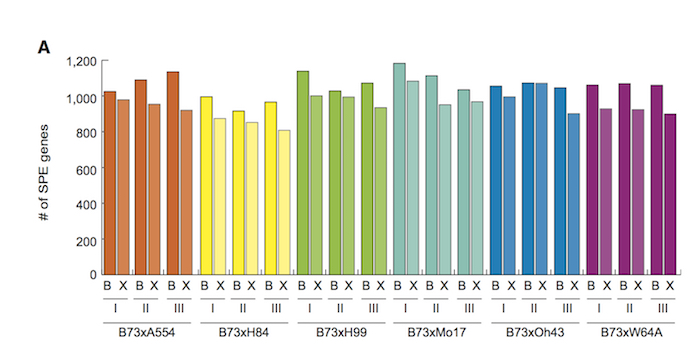
Single Parent Expression (SPE) of non-syntenic genes in maize hybrids (Curr. Biol.) ($)
Plant Science Research Weekly, Research, Research BlogIn maize, it has long been known that the crossing of two inbred lines can produce a hybrid offspring with higher yield than the parents. Baldauf and collaborators have studied the gene expression of 6 hybrid lines coming from 7 distantly related inbred lines. One line, B73, was chosen as the common…
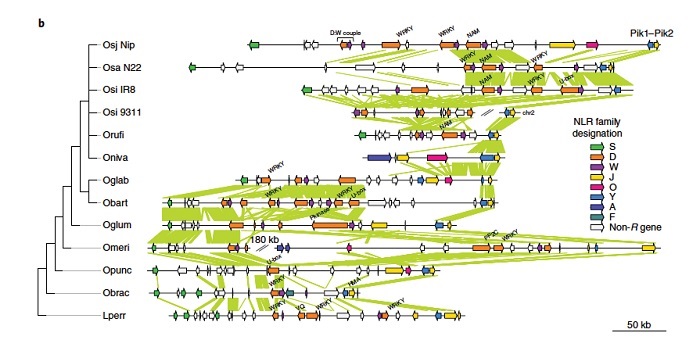
Genetic conservation, turnover and innovation across the genus Oryza (Nature Genetics)
Blog, Plant Science Research Weekly, Research, Research BlogIn order to use wild rice relatives for future crop improvement, the differences and similarities between wild and domesticated genomes need to be understood. Stein and colleagues sequenced the genomes of two domesticated varieties and seven wild species, unraveling 15 million years of evolutionary history…

Transposon-derived small RNAs triggered by miR845 mediate genome dosage response in Arabidopsis
Blog, Plant Science Research Weekly, Research, Research BlogNat. Genet. Silencing of transposable elements (TEs) is mediated epigenetically by DNA methylation, relying partially on RNA-directed DNA methylation (RdDM). RdDM-induced DNA methylation undergoes a global reprogramming in the male germline, allowing expression of imprinted genes regulating fertility…
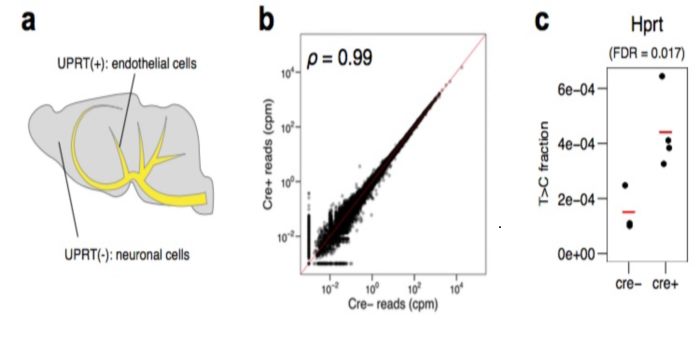
SLAM-ITseq: Sequencing cell type-specific transcriptomes without cell sorting
Blog, Plant Science Research Weekly, Research, Research BlogBioRxiv. Transcriptomic changes at the cellular level are of key importance in specialized cellular types. Therefore, transcriptome analysis at a cell-specific resolution is a powerful tool to learn about biological processes. This analysis is however limited by technological boundaries of microdissection…
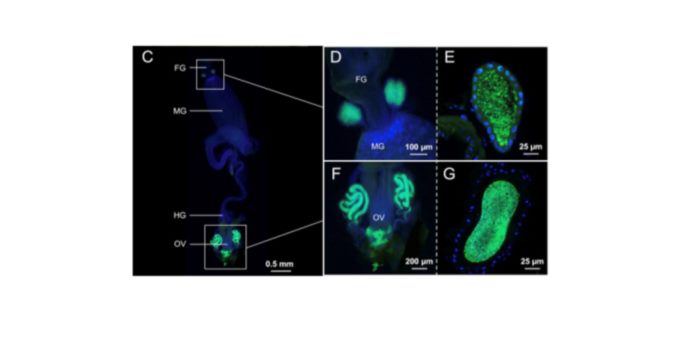
Drastic genome reduction in an herbivore’s pectinolytic symbiont
Blog, Plant Science Research Weekly, Research, Research BlogCell. In a very interesting report, Salem et al., showed evidence of an alternative mechanism supporting how the degradation of pectin, a very hard to metabolize component of the cell wall, has directed the evolution of herbivory in insects and arthropods. Recent reports have indicated that horizontally…

